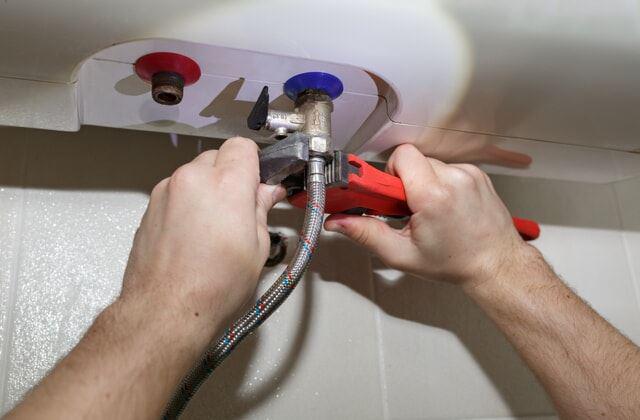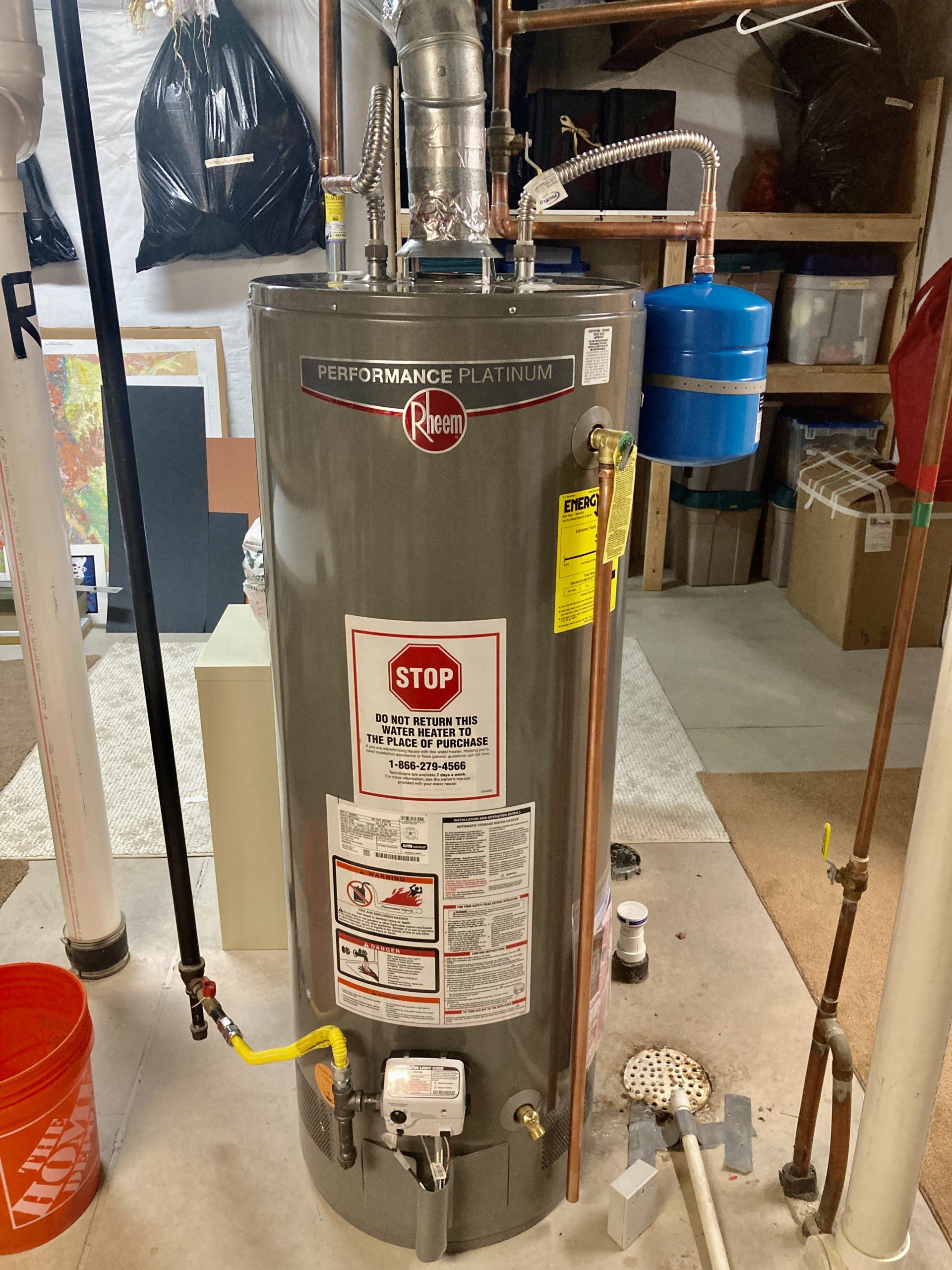Steps to Extend the Life of Your Home's Hot Water System By Maintenance
Steps to Extend the Life of Your Home's Hot Water System By Maintenance
Blog Article
We have uncovered this great article involving How to Maintain a Hot Water Heater in a Few Simple Steps listed below on the net and think it made perfect sense to write about it with you on this page.

Warm water is vital for daily convenience, whether it's for a rejuvenating shower or washing recipes. To guarantee your hot water system runs successfully and lasts longer, regular maintenance is essential. This article offers practical pointers and insights on just how to maintain your home's warm water system to avoid disturbances and costly repair services.
Intro
Preserving your home's hot water system may seem overwhelming, but with a couple of simple steps, you can guarantee it operates efficiently for many years to come. This guide covers every little thing from understanding your warm water system to DIY upkeep suggestions and recognizing when to call in expert help.
Value of Keeping Your Hot Water System
Normal maintenance not just extends the life expectancy of your warm water system however additionally ensures it runs efficiently. Overlooking upkeep can result in lowered efficiency, higher power bills, and also early failure of the system.
Indications Your Warm Water System Needs Upkeep
Recognizing when your hot water system requires focus can avoid significant concerns. Look out for indications such as irregular water temperature, strange noises from the heating unit, or corroded water.
Understanding Your Hot Water System
Prior to diving right into maintenance tasks, it's practical to recognize the basic elements of your warm water system. Typically, this includes the water heater itself, pipelines, anode poles, and temperature controls.
Monthly Maintenance Tasks
Routine month-to-month checks can help catch minor problems prior to they rise.
Flushing the Water Heater
Flushing your water heater gets rid of debris build-up, improving efficiency and extending its life.
Monitoring and Changing Anode Rods
Anode poles protect against corrosion inside the tank. Examining and replacing them when worn out is important.
Examining and Changing Temperature Settings
Changing the temperature level setups makes sure optimum efficiency and safety and security.
Do It Yourself Tips for Upkeep
You can execute numerous upkeep jobs on your own to maintain your warm water system in leading problem.
Looking for Leakages
Consistently evaluate pipelines and links for leakages, as these can bring about water damages and higher bills.
Testing Stress Alleviation Valves
Examining the stress safety valve guarantees it works properly and avoids excessive pressure buildup.
Shielding Pipelines
Protecting hot water pipes decreases heat loss and can conserve energy.
When to Call a Professional
While DIY upkeep is valuable, some problems need professional proficiency.
Facility Problems Requiring Specialist Aid
Instances include major leakages, electric issues, or if your water heater is consistently underperforming.
Regular Expert Upkeep Perks
Professional upkeep can include detailed assessments, tune-ups, and ensuring conformity with safety and security requirements.
Final thought
Routine maintenance of your home's warm water system is vital for efficiency, long life, and expense savings. By complying with these tips and recognizing when to seek expert help, you can make sure a trusted supply of warm water without unforeseen disturbances.
How to Maintain an Instant Hot Water Heater
Before tinkering with your hot water heater, make sure that it’s not powered on. You also have to turn off the main circuit breaker and shut off the main gas line to prevent accidents. Also turn off the water valves connected to your unit to prevent water from flowing into and out of the appliance. 2. When you’re done, you have to detach the purge valves’ caps. These look like the letter “T†and are situated on either side of the water valves. Doing so will release any pressure that has accumulated inside the valves while at the same time avoid hot water from shooting out and burning your skin. 3. When the purge valves’ caps are removed, you have to connect your hosing lines to the valves. Your unit should have come with three hoses but if it didn’t, you can purchase these things from any hardware or home repair shops. You can also get them from retail stores that sell water heating systems. Read the user’s manual and follow it to complete this task properly. When the hosing lines are connected, open the purge port’s valves. 4. You should never use harsh chemical cleaners or solutions when cleaning your unit. Make use of white vinegar instead. It should be undiluted and you’ll probably use about 2 gallons. 5. Now flush your water heater. This task should probably take about 40 minutes. We can’t give you specific directions for this because the procedure is carried out depending on the type, model and brand of your heater. With that being said, refer to the user’s manual. 6. When you’re done draining the unit, you have to turn off the purge port valves again. Remove the hosing lines that you earlier installed on each of the water valves. Put the valve caps (purge port) back in their respective places and be very careful so as not to damage the rubber discs that are found inside these caps. 7. Now that everything’s back in place, check your user’s manual again to find out how to reactivate your water heating system. 8. Once it is working, turn one of your hot water faucets on just to let air pass through the heater’s water supply pipes. Leave the tap on until water flows smoothly out of it. https://www.orrplumbing.com/blog/2014/september/how-to-maintain-an-instant-hot-water-heater/

Do you enjoy reading up on What Kind of Maintenance Do Water Heaters Need?? Make a comment below. We'd be delighted to know your views about this blog. Hoping that you visit us again later on. Sharing is good. Helping people is fun. We take joy in your readership.
Click Here Report this page